Test Bank For Principles And Applications of Assessment in Counseling 5th Edition by Susan C. Whiston
Multiple Choice1. With a reliability coefficient of .81, using classical test theory we would interpret that the:a. amount of error variance to observed variance is 81 percent.b. amount of true variance to observed variance is 81 percent.c. instrument has good enough reliability.d. instrument’s validity coefficient would be 0.812.ANSWER: b2. If we interpreted a reliability coefficient to indicate that 80% of the variance was true variance to observed variance, what would be the ratio of error variance to observed variance?a. 0.20b. 0.40c. 0.60d. 0.80ANSWER: a3. According to classical test theory, if the observed variance of a test is 50 and the true variance is 40, what is the estimated reliability of the test?a. 0.40b. 0.50c. 0.80d. 0.90ANSWER: c4. Systematic error (as compared to unsystematic error):a. significantly lowers the reliability of an instrument.b. insignificantly lowers the reliability of an instrument.c. increases the reliability of an instrument.d. has no effect on the reliability of an instrument.ANSWER: d5. What statistical technique is often used to calculate an estimate of reliability?a. Regressionb. Analysis of variancec. Factor analysisd. CorrelationANSWER: d6. A correlation coefficient is an indicator of:a. the validity of an assessment.b. the variability of the obtained scores.c. the relationship between two sets of data.d. the fluctuation of an individual’s score over time.ANSWER: c7. Correlation coefficients range from:a. -1.0 to 1.0.b. 0 to 1.0.c. 0 to -1.0.d. -5.0 to 5.0.ANSWER: a8. When calculating correlations, the most common method used is the:a. Pearson-Product Moment Correlation Coefficient.b. Correlation Coefficient of Most Common Factors.c. Reliability Coefficient of Correlation.d. Reliability Correlation Coefficient.ANSWER: d9. The statistic that represents the percentage of shared variance between two variables is the:a. correlation coefficient.b. reliability correlation.c. coefficient of determination.d. coefficient of shared variance.ANSWER: d10. For which of the following tests would a test-retest reliability estimate be least appropriate?a. Intelligence testsb. Tests of moment-to-moment mood changesc. Academic achievement testsd. Instruments to measure art aptitudeANSWER: b11. Which of the following is NOT one of the assumptions that should be met when establishing the reliability of an instrument using the test-retest method?a. Test-retest reliability is only valid when measuring situational traitsb. The characteristic or trait measured should be stable over timec. There should be no differential in practice effectd. There should be no differential in learning between the test and retestANSWER: a12. The most significant difficulty with estimating reliability with the alternate or parallel forms procedure isa. calculating the correlation coefficient using two different forms.b. the effects of remembering specific items in the second testing.c. developing two sound instruments that are equivalent or parallel.d. finding two similar sets of test takers.ANSWER: c13. The Spearman-Brown formula is used:a. to correct a test-retest reliability coefficient.b. to correct a split-half reliability coefficient.c. when the items are all of the same difficulty level.d. when the items are of differing levels of difficulty.ANSWER: b14. The decision to use either the Kuder-Richardson 20 (KR 20) or the Kuder-Richardson 21 (KR 21) is based on whether:a. the method used to determine reliability is the test-retest or the alternate form method.b. correlation or regression is going to be used.c. the items measure a homogeneous or heterogeneous behavior domain.d. the item format is multiple-choice or true-false.ANSWER: c15. What is the most appropriate way to determine reliability with Likert scales, where different answers receive different weightings?a. Test-retestb. Spearman-Brownc. Kuder-Richardson 20d. Coefficient alpha (or Cronbach’s Alpha)ANSWER: d

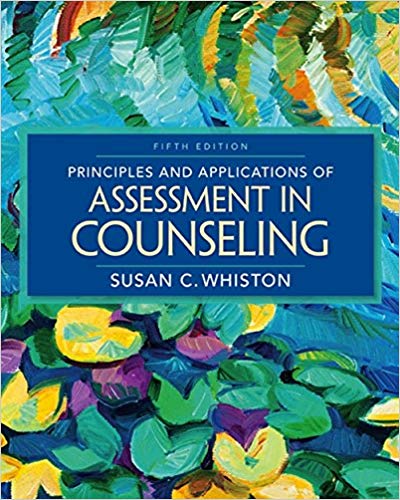

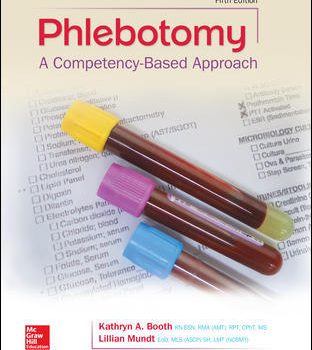
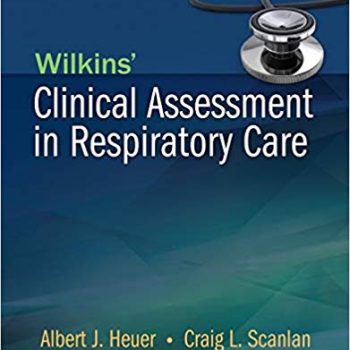
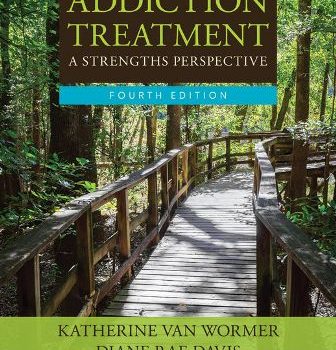
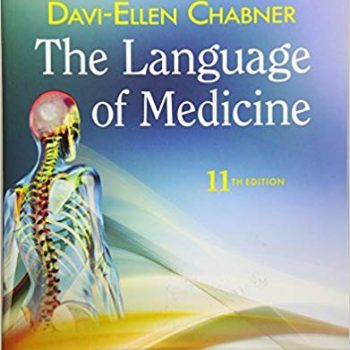
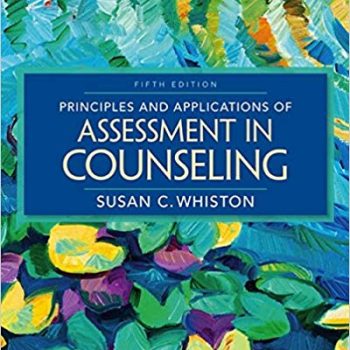

Reviews
There are no reviews yet.